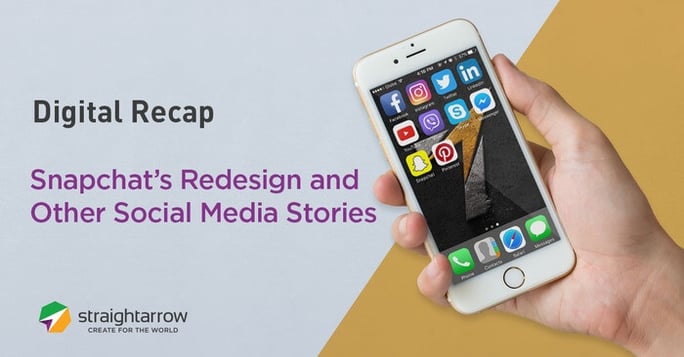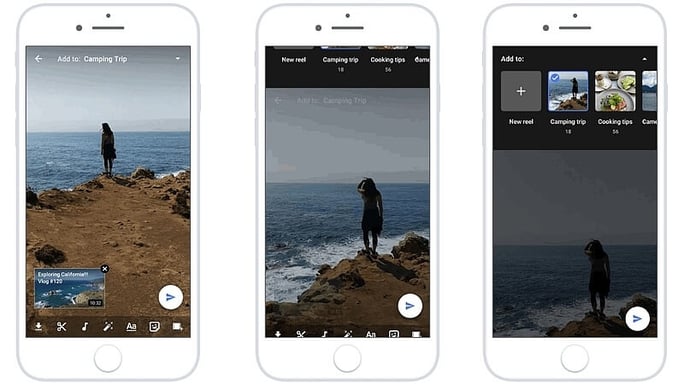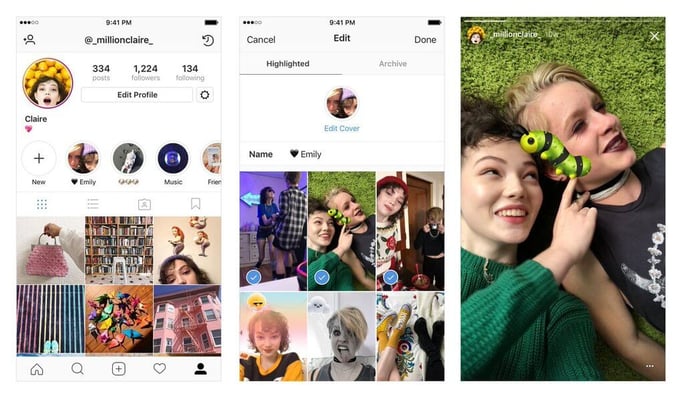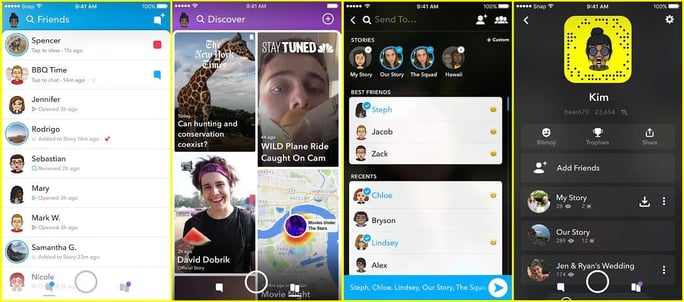
When Snapchat first emerged earlier this decade, it started out as something of a curiosity, but one that rapidly gained popularity. As a cultural phenomenon, it inspired not just a few copycats, but an entire social media trend of bite-sized videos and vanishing content. While Instagram stories have surpassed Snapchat in active users in just around a year, Snapchat has implemented a redesign that may see it making a comeback.
Meanwhile, YouTube has announced its own version of social media stories, while Instagram is testing some new takes on the now tried-and-tested medium of vanishing content. All in all, these past weeks present interesting developments in this corner of the web and it will be interesting to see how it affects the future of social media on the whole.
YouTube Reels
While it’s showed up—both ironically and not—in past social media forecasts, it looks like YouTube’s own Snapchat-style videos are here for real. YouTube has confirmed that they are testing Reels, which senior product manager, Roy Livne says is their spin on the popular ‘stories’ format, but designed specifically for YouTube creators.”

YouTube Reels prototype screenshot (Image from Gadgets 360)
Reels is currently in beta testing, along with other YouTube features geared toward creators. Some of these will work in tandem with Reels, such as stickers and filters that can be used for those 30-seconds or shorter videos. At present, YouTube plans to limit Reels to users with a certain number of subscribers, much as the Community feature currently is. Unlike Snapchat’s signature shorts, however, the videos will remain on a creator’s page indefinitely under a tab separate from their regular videos.
Instagram Saves Stories and Tests Sharing
Instagram has also introduced new features, including a function for saving Stories. While Stories will remain visible to followers for only 24 hours, they will now be added to an Archives section upon expiring, just as Snapchat videos can be saved to Memories. On top of this, Instagram has created a Highlights feature, which lets users add selected items from their Archive to their profile.

Highlights and archives (Image from PopSugar)
Two other new features—one already live and the other in testing—revolve around interacting with other users. The first one, which is already out, is the option to livestream with a friend. With this feature, users who are broadcasting live can add someone watching their stream to the video. The two users show up in split-screen, but the original broadcaster retains control over the steam. Meanwhile, still in testing is a Regram feature that would allow users to share other users’ content within Instagram itself. While the app has long allowed sharing to other platforms, like Facebook and Twitter, sharing within the app itself has not been possible. It’s yet unclear how exactly a Regram-ed photo will display in users’ feeds, however.
Snapchat’s Redesign
Snapchat has introduced significant changes to its design, which had previously been announced by CEO Evan Spiegel. These changes are meant to boost usage and reinvigorate growth in the app, which has slipped in active users compared to Instagram. The changes, which range from interface to algorithm, put an emphasis on spurring interactions among friends.
One notable change is a Friends tab that features all content—Stories, group chats, and personal messages—from users you are connected with (i.e. both of you follow each other). The content is sorted according to the users you interact with most frequently with the aim of making those interactions even easier.

Snapchat’s redesigned interface (Image from Tom’s Guide)
In light of this, they’ve also reintroduced Auto Advance, which they had removed because they perceived it featured too much irrelevant content. By front-loading the stream with content from people you Snap with most, they’re hoping to mitigate that problem.
The Discovery algorithm has also been updated to reflect what they believe users will be more interested in. They are taking their cue from Netflix, rather than other social media platforms, and focusing on what users have viewed in the past. According to Spiegel, “your own past behavior is a far better predictor of what you're interested in than anything your friends are doing.”




Comments